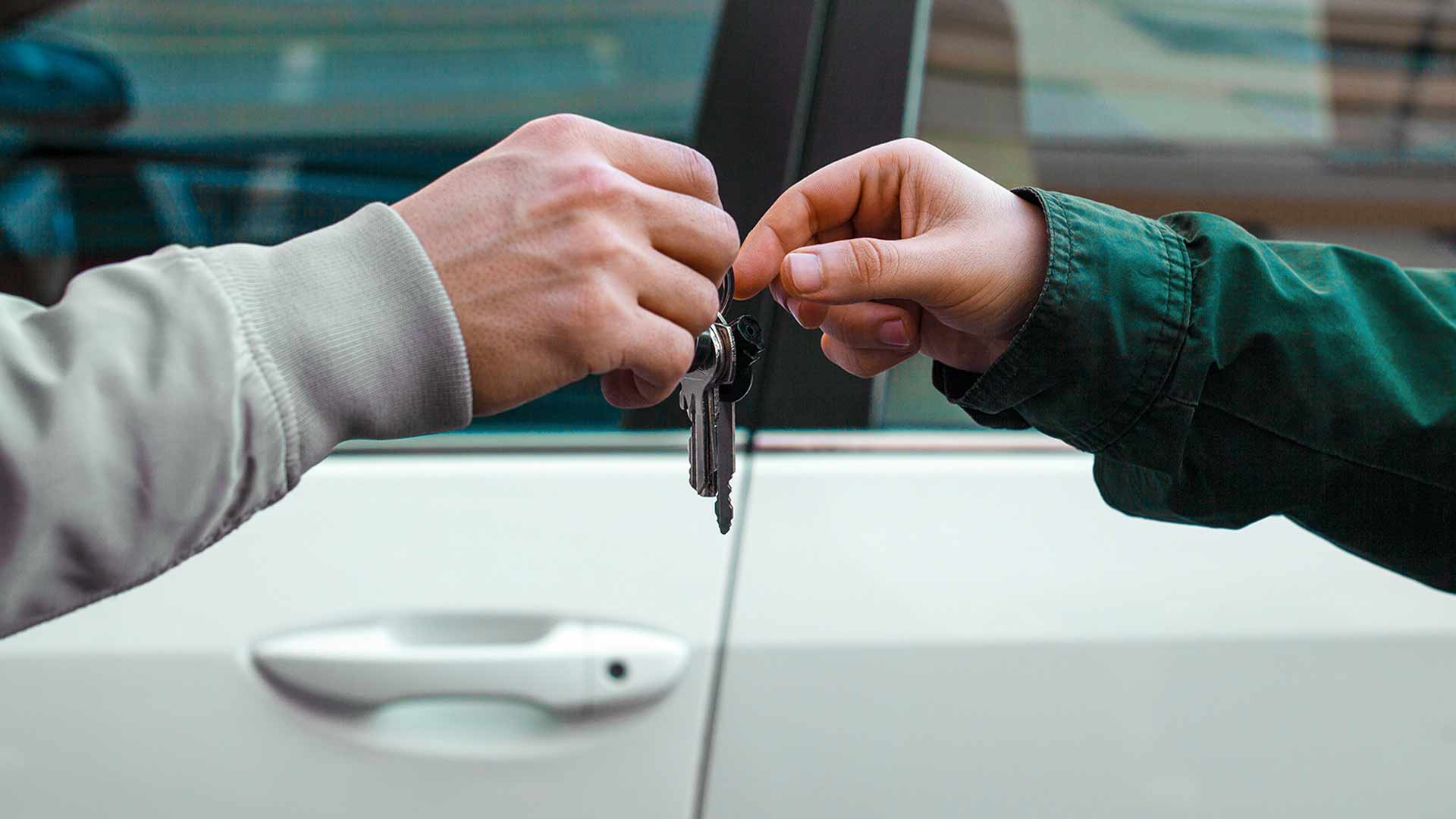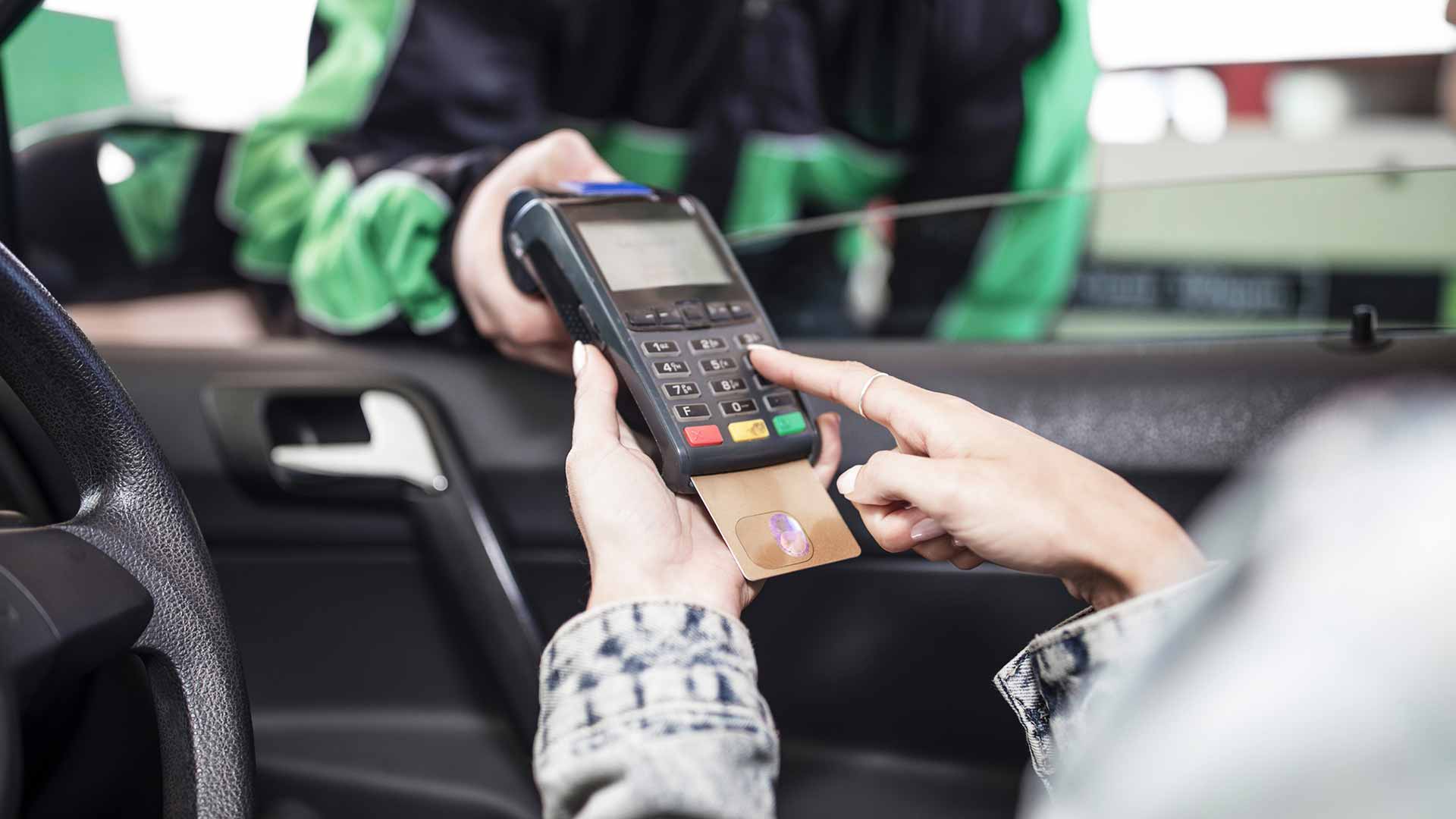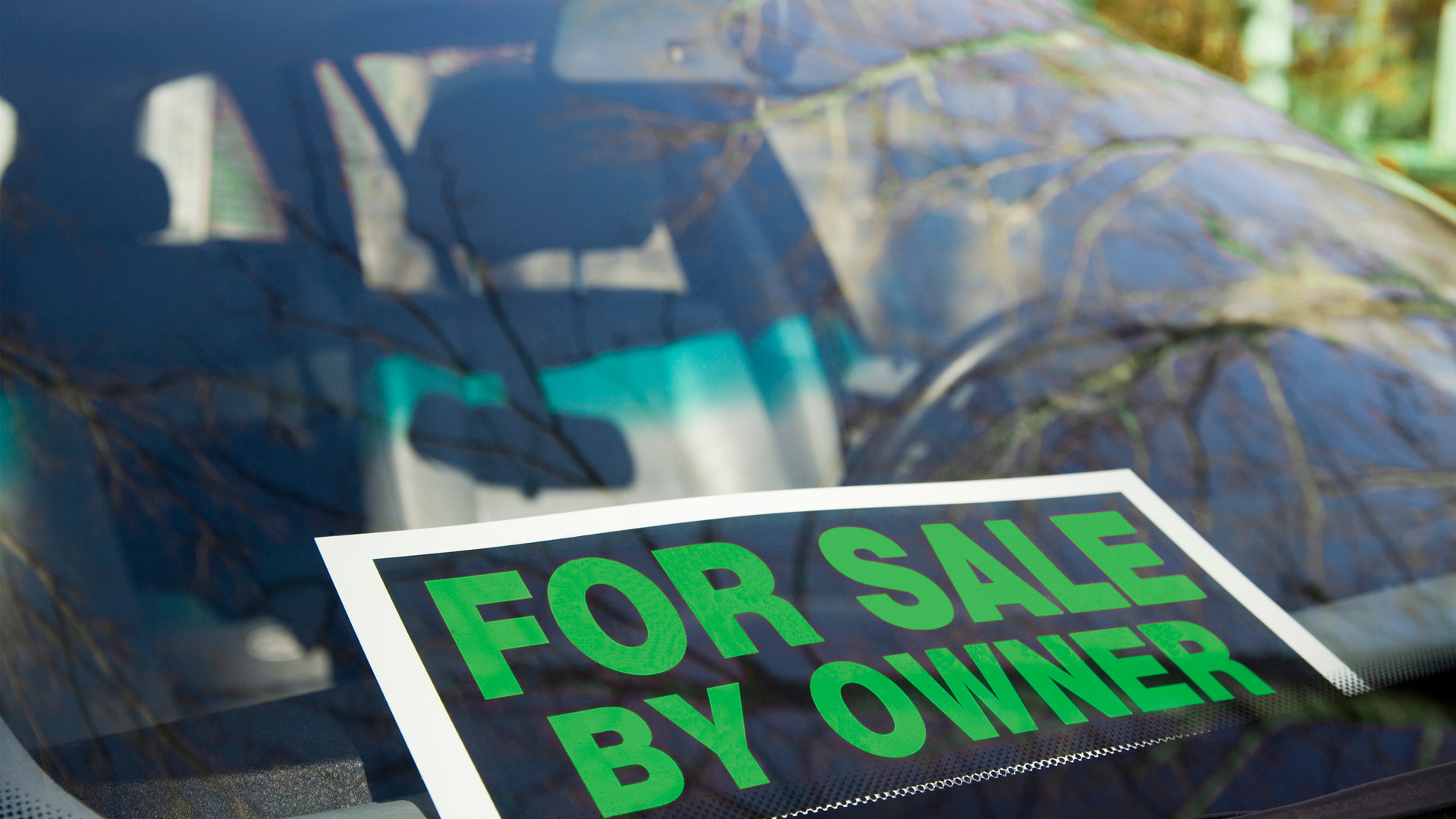Upgrading your car to a newer model is often an attractive idea – there are several benefits to buying a new car, including a service warranty that can help reduce your maintenance costs. However, you may not be in the financial position to upgrade your car regularly. Or you might not be that interested in regular upgrades – if the car is still running well, many people don’t feel the need to spend money replacing it.
The pros and cons of upgrading your vehicle whenever you can, versus holding on to your current car for as long as possible, often boil down to cost. Do you lose out if you keep driving an older car? Is trading it in for an upgrade sometimes a better financial choice?
The financial pros and cons of keeping an older car
You may want to keep your car for various reasons. Upgrading could involve a major financial decision, and you’ll be facing the finance payments on a new vehicle. You might decide that keeping your old car makes more sense than taking on another finance agreement, or you might even want to hang on to it for sentimental reasons. That’s your prerogative – but does it pay off in the longer term? It’s helpful to break it down according to cost components.
- Finance payments
If you’ve paid off your car, you no longer have monthly finance payments, so you could be adding that money to your savings and investments. You could even save enough to put a substantial deposit down when you decide to buy a new vehicle and reduce the finance amount you need.
- Maintenance
In general, older vehicles need maintenance more often, but usually for smaller, less expensive jobs – up to a point. After a certain age, major components like the engine or transmission may need replacing, which can get expensive. Certain luxury brands can also cost more to maintain, even with a service warranty built into the sales agreement.
But the more carefully you look after an older car, the less likely it is to break down. Even if your repair costs seem high, replacing the vehicle isn’t the only way to reduce them – stay on top of routine maintenance and fix problems early to keep costs down.
- Insurance
The older your car is, the less it’s likely to be worth, so the less it should cost to insure. In many cases, the lower insurance premiums and fees that come with an older car can offset higher maintenance costs – if you make sure that your insurance costs decrease as your vehicle ages.
Upgrading to a newer car at the right time can maximise your return on investment
In summary, hanging on to an older vehicle isn’t always cheaper, but when rising prices and inflation are making vehicle finance more costly, many families will decide to keep their cars for a few extra years. This makes good financial sense, considering the monthly cost of vehicle finance payments. Delaying that expense for a few more years could really boost your savings and investments, or help you pay off other debt for good.
When is the best time to upgrade your car?
If you’re considering an upgrade, timing is important. The vehicle’s trade-in value – the price that a dealer would pay for it or put towards the cost of a new car – is the first factor to consider. Cars generally lose value fastest over the first 2 years of their lifespan, so if you trade in your vehicle too soon, you may end up getting less for it than you still owe in outstanding finance payments.
Most cars reach a point where their resale value is more than the outstanding loan amount owed at about the 3-year mark (it will take longer if you’re liable for a balloon payment at the end of your current vehicle finance agreement). This is known as the break-even point, but it will be different for every vehicle, depending on the specifics of your finance agreement and the rate at which the car depreciates.
If you’re comfortable continuing with your monthly car payments and you calculate the break-even point carefully, you can arrange to trade in your vehicle when it’s about 3 years old and replace it with a newer car. Depending on the cost of your new car, your payments could remain the same.
Benefits of upgrading
There are several benefits to upgrading your car around the 3-year mark.
- Improved technology and safety
Newer cars often have state-of-the-art safety features like automatic emergency braking, adaptive cruise control, lane departure warnings, and advanced airbag systems. Upgrading to a newer model – even a used car – could significantly improve your driving comfort and make you and your passengers safer.
- Fuel savings
Upgrading to a more fuel-efficient vehicle not only reduces your carbon footprint, it also saves you money in the long run. Newer internal-combustion-engine (ICE) and hybrid-electric cars offer significantly improved fuel efficiency compared to older models – although hybrids cost more than ICE vehicles, which offsets the fuel savings. Nevertheless, fuel costs can contribute the most to the total cost of owning a vehicle, a reality that the rising cost of petrol and diesel has made uncomfortably clear to many drivers in recent years.
- Lower maintenance costs
Newer cars typically come with warranties and service plans and are more likely to need maintenance only at the scheduled intervals recommended by the manufacturer.
- Better resale value
If resale value concerns you, upgrading to a newer car at the right time can maximise your return on investment – especially if your new car has better driving and safety technology than your old one. And because technology evolves so fast, the fact that the latest connectivity options or entertainment features become standard in newer models can also boost their resale value, compared to older cars without those options.
MFC, a division of Nedbank, offers a comprehensive set of resources and products if you decide to upgrade your car with a trade-in and a new finance plan. Browse a countrywide selection of approved dealerships for new and used cars on Avo Auto.







